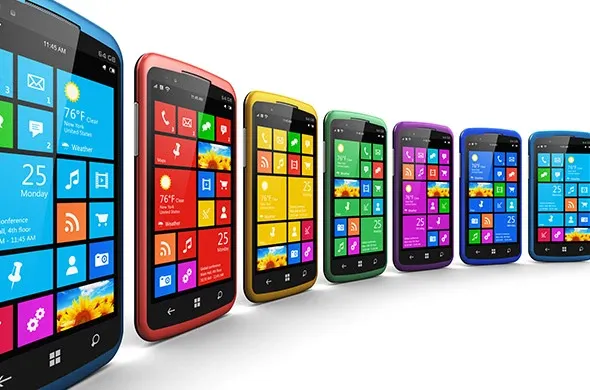Foldable Smartphone Market Set to Grow 30 Percent in 2026
Worldwide foldable smartphone shipments are forecast to grow 10% year-on-year in 2025 to 20.6 million units, according to IDC.

Smartphones will again occupy nearly half of the consumer budget for tech and durable goods in 2020 and will generate a total turnover of €444 billion, according to GfK. The demand for smartphones is expected to stay stable in 2020, after a slight decline of two percent in units in 2019.
Innovations have been defining the smartphone market over the years and this is the area where easy-to-grasp improvements are taking place. Following the mantra “the more, the better“ the smartphone features continue to offer more and improved capabilities. The share of smartphones with a display of at least 6“ has reached 70 percent in unit terms in 2019, up from a share of 24 percent in 2018.
Despite the cloud storage services, consumers consider the internal storage as the most important feature when choosing a smartphone. This explains why 37 percent of all smartphones sold in 2019 have 128GB of storage or more. Half of the consumers point out to the battery life as one of the most important features when buying a new smartphone. As a result, 38 percent of the smartphones sold in 2019 had a battery capacity of at least 4,000 mAh. Performance speed and battery life are also crucial for 44 percent of consumers, who use smartphones for gaming.
One of the major technological advances, which is closely related to performance and experiences, is 5G. In 2019 more than ten brands already offered 5G smartphones in their assortments. The spread of 5G is highly dependent on the country telecom infrastructure. In South Korea one third of all smartphones sold in Q4 2019 were 5G-ready, while that share was at around two percent in Great Britain and Australia. The biggest smartphone market, namely China, is quickly catching up, with eight percent of all sold products in December 2019 already generated by 5G models.
Consumers are continuously looking for ways to improve their comfort and well-being together with simplifying their daily interactions. These trends are strongly reflected in wearable devices, which achieved a robust unit growth of 28 percent in 2019. The increase in value terms was even more pronounced, reaching over 40 percent, driven by the high demand for smartwatches and wrist sport computers.
Having entertainment on-the-go and listening to their favorite music has long been part of the consumer’s interaction with their mobile devices. One of the latest developments in this regard comes from the true wireless earbuds, which have achieved a triple-digit increase in 2019. Nearly every second headset sold on the market in 2019 was true wireless, which is twice as high as their share in 2018. This market has attracted many new players, with more than 30 brands generating 80 percent of all units sold in 2019 globally.